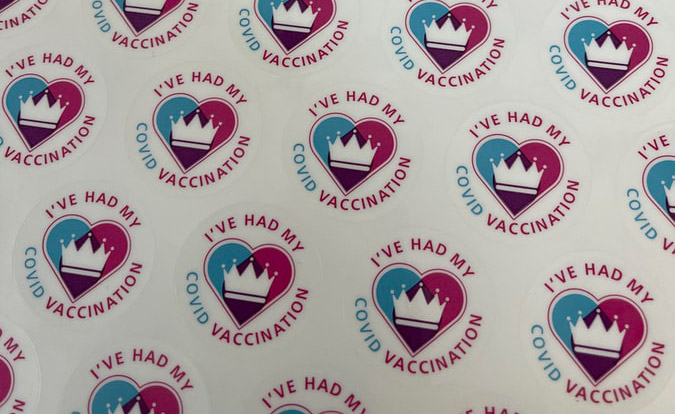Throughout my career I’ve been passionate about helping others through coaching and mentoring. I’ve been lucky to have been inspired and supported by great leaders and it is important for me to do the same and give back.
This is why I chose to take part in the Taylor Bennett Foundation mentoring programme this year. Designed to address the need for greater ethnic diversity in the communications industry, the 6-month programme enabled me to support a talented Junior Account Executive who had started her career in a healthcare communications agency. It was a very rewarding experience as we both learned a lot from each other. My mentee got support with building her skills, knowledge and confidence and is now due for a promotion. I got insight into the experiences of young professionals working in this industry and what more needs to be done to champion change for the future. In particular, I took away the importance of:
- Having more open and honest conversations about diversity, equality and inclusion at work
- The need for ongoing education
- Listening to different perspectives
- Supporting diverse talented people so that once they’re in this industry, we’re able to retain them, make them feel valued and help them thrive.

Listening to my mentee’s challenges and opportunities, made me think about how similar my experiences were when I started working in healthcare communications. It’s helped me reflect and if I was to do it all again, the 5 pieces of advice I’d share with my younger self would be:
- Be curious and keep learning: Read, get involved in new projects and learn from other industries – it doesn’t have to just be healthcare. Energy and enthusiasm go a long way!
- It’s ok to ask for help: Teamwork is vital in this industry and it’s good to hear different points of view and it doesn’t need to rest on one person’s shoulders.
- Stay positive: This can be tricky when things go wrong but a solutions mindset has really helped me from going on a downward spiral and learning from challenging situations.
- Slow down: While we work in a fast-paced industry, slowing down can help with coming up with new and fresh ideas and delivering quality work. Also, career progression doesn’t have to be a rush – gaining knowledge, experience and appreciating opportunities in the moment is valuable.
- Be yourself: I certainly felt different from others when I started in this industry over 14 years ago because of my ethnic background and how others sometimes negatively perceived where I was born and raised in the UK. However, my life experiences have helped build my confidence, resilience and shaped the person I am today. I’ve learnt that I don’t need to shy away from my background and can educate others about my heritage. And while it’s important to be professional, showing your personality and fun-side has really helped me enjoy work and make great friends along the way.
Writing this blog has made me reflect on my experiences at Makara Health. Although I’ve only been with Makara Health for just over 18 months, it has felt much longer (in a good way!). I’ve been privileged to work with so many diverse and talented people who are not clones of each other! What I’ve really valued is the support, growth opportunities and being ‘in’ it together. As I prepare to go on maternity leave this month, I’m excited about the next chapter in my life and returning next year as a mum, ready to learn and continue to grow 😊.



